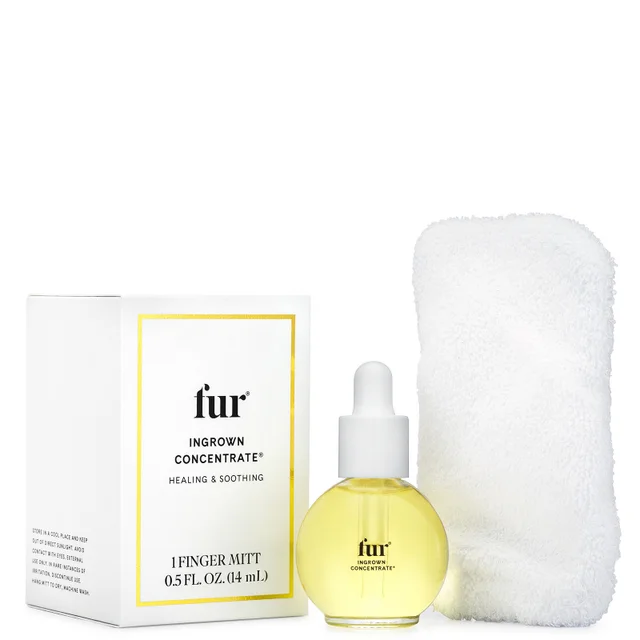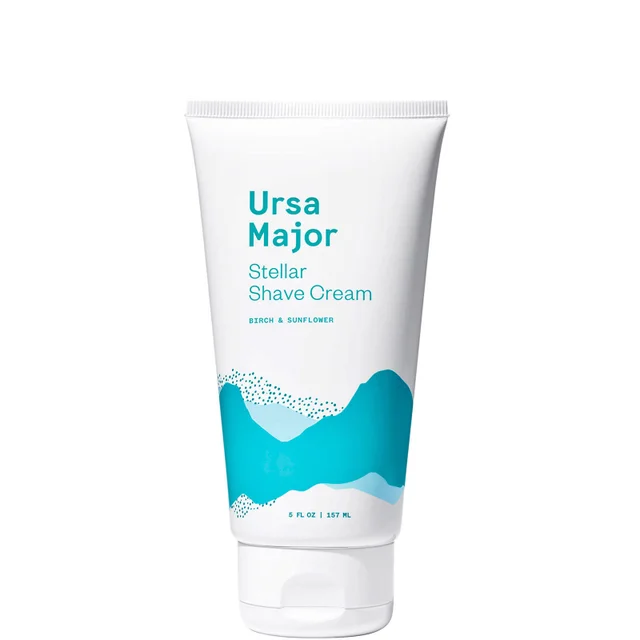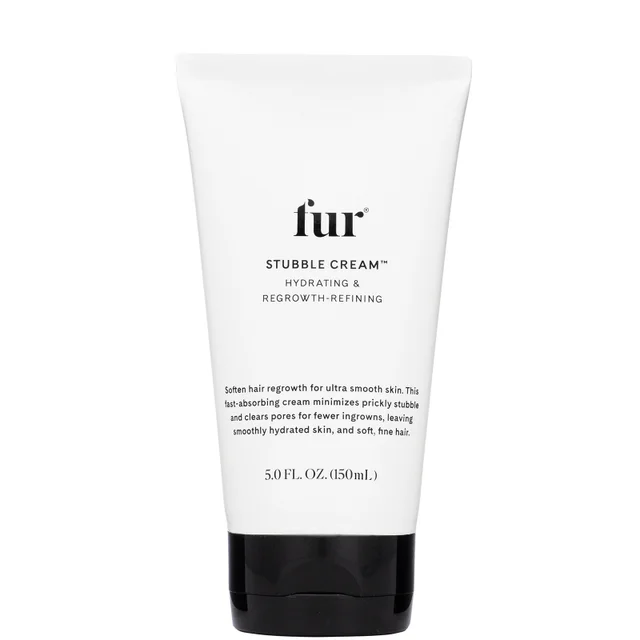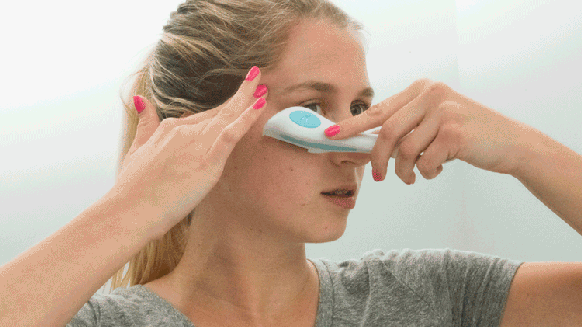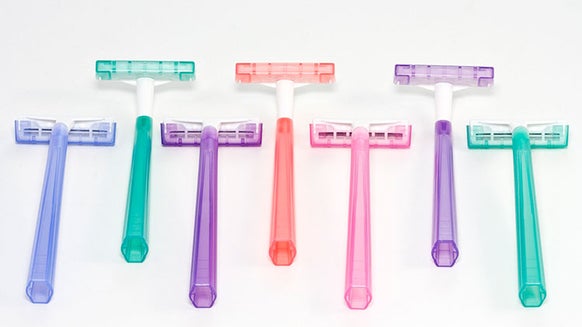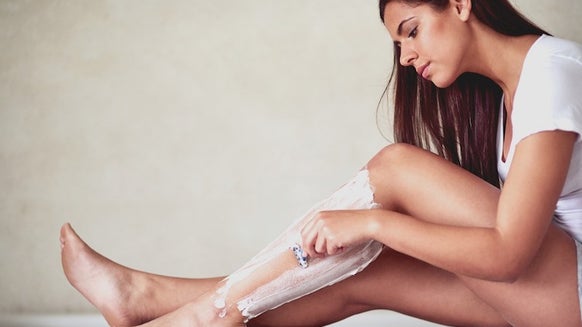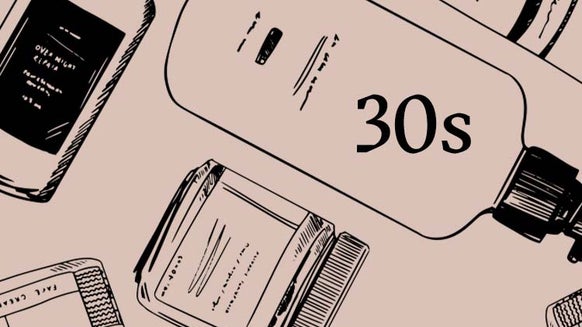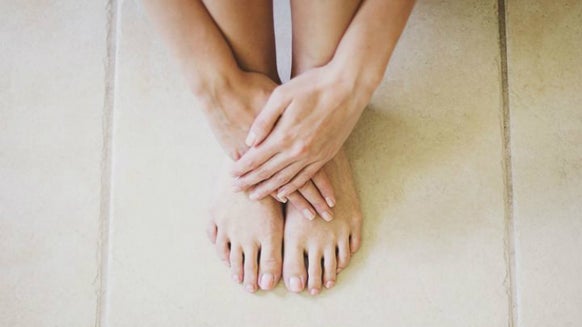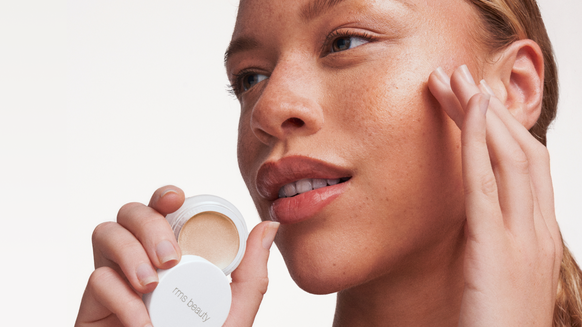6 Expert Tips on How to Wax at Home Like a Pro
Many of us women have hair somewhere on our bodies that we want removed. The question is, what’s the best way to get rid of it?If you’re tired of shaving and want results that last longer, waxing can be a great DIY option. To get the best possible advice on the matter, we consulted esthetician Jamie Grieb-Spragg, owner of Westlake Skin Spa in Westlake Village, California, who has been helping clients with their body-hair woes for nearly a decade.
1. Preparation Is Key
2. Choose the Right Type of Wax for theJob
Hard Wax: “Typically, hard waxes are reserved for removing only our most stubborn and coarse hairs, like our bikini line and nose hairs,” Grieb-Spragg explains. “Not only do hard waxes provide the grip necessary for latching onto and removing thick hairs, but they also provide for more precision in how they are applied,” she says. While we all want those stubborn hairs removed quickly, hard wax can be a little more difficult to handle, as it dries very quickly.
Hot Wax: “Hot wax is typically more forgiving,” says Grieb-Spragg. While hard wax may be able to grab the stubborn hairs, hot wax is easier to work with and may be the best bet for waxing beginners. “It’s easier to spread and manipulate and doesn’t dry out as quickly as hard wax generally does,” notes Grieb-Spragg. If you are waxing a larger area of the body, hot wax is the preferable option.
3. Aftercare Is Everything
4. Know When Not to Wax
Consider the state of your skin before deciding to wax at home. As women, we already have a lot to worry about (especially during
If it isn’t that time of the month for you and you normally have overall healthy skin, our expert
5. If All Else Fails, Seek a Professional
If you’re still not feeling confident about waxing at home, the safest bet is to go see a licensed esthetician. Grieb-Spragg explains that “waxing is a feasible at-home option, but only for those who are willing to take on the responsibility seriously. It requires time, proper prepping and careful practice. For those feeling uncertain or apprehensive, it’s best to seek the expertise of a qualified professional—at least the first time around.”
Other Hair-Removal Options
Depending on the area of your body and the results desired, shaving and depilatory creams can be good alternatives to waxing if this is your first time attempting to remove hair. While there are many ways to remove unwanted body hair, Grieb-Spragg only recommends those two options for doing it yourself. “Other than depilatories, shaving and waxing options, the other methods of hair removal should be left only to the utmost of reputable professionals,” she explains.

From the latest hair and makeup trends to the best solutions for your skin issues, we've got all your beauty concerns covered!
